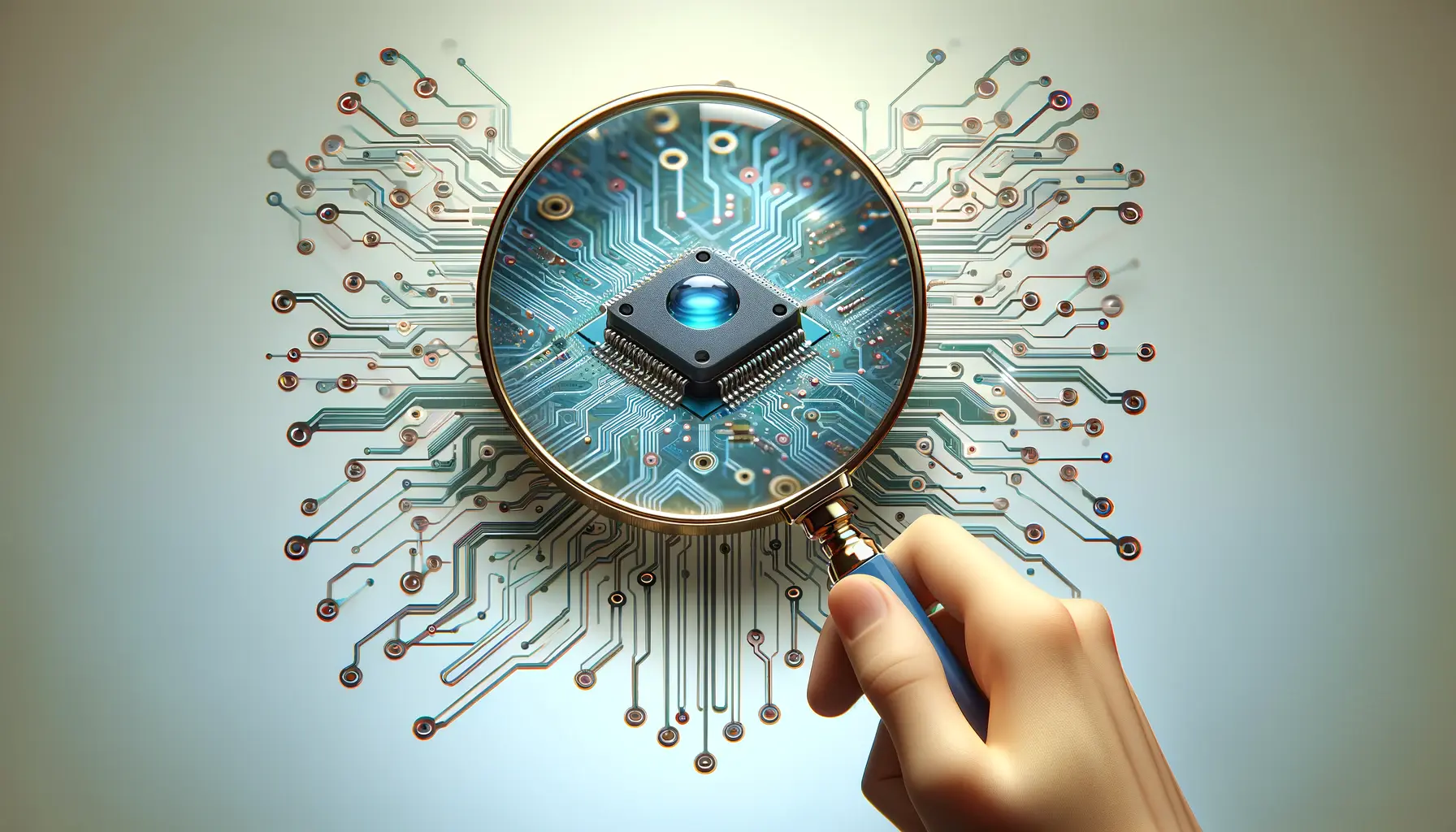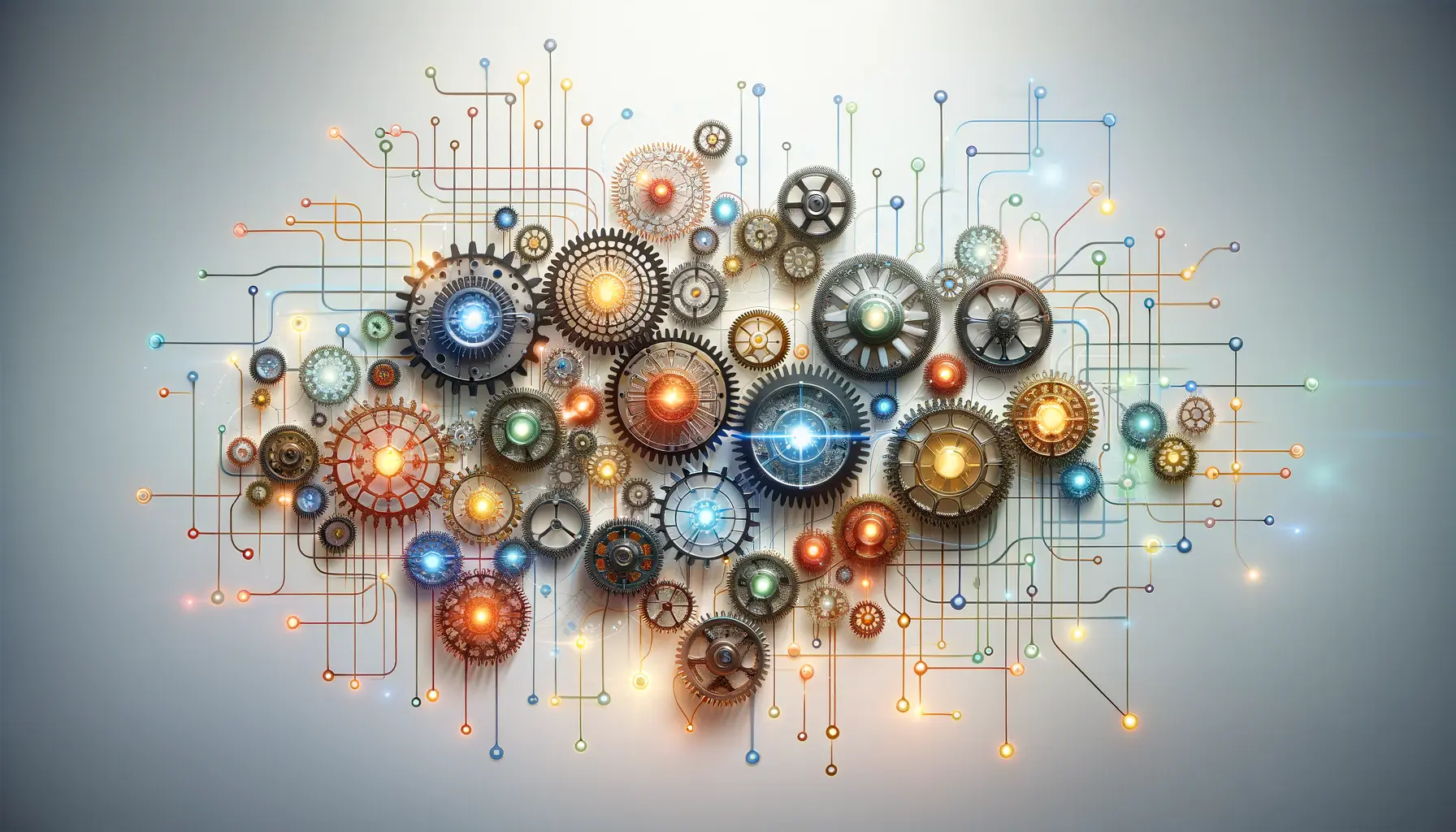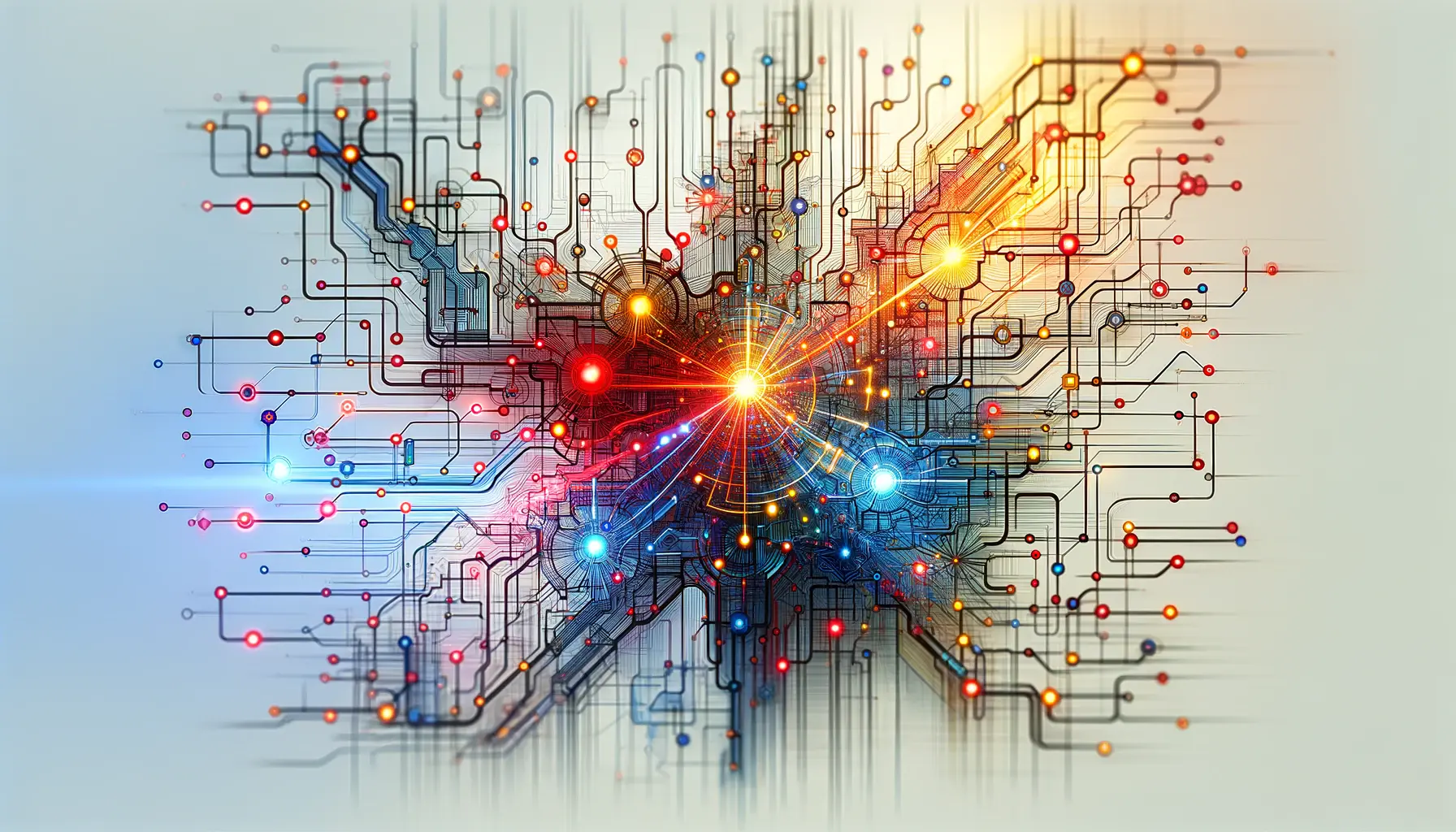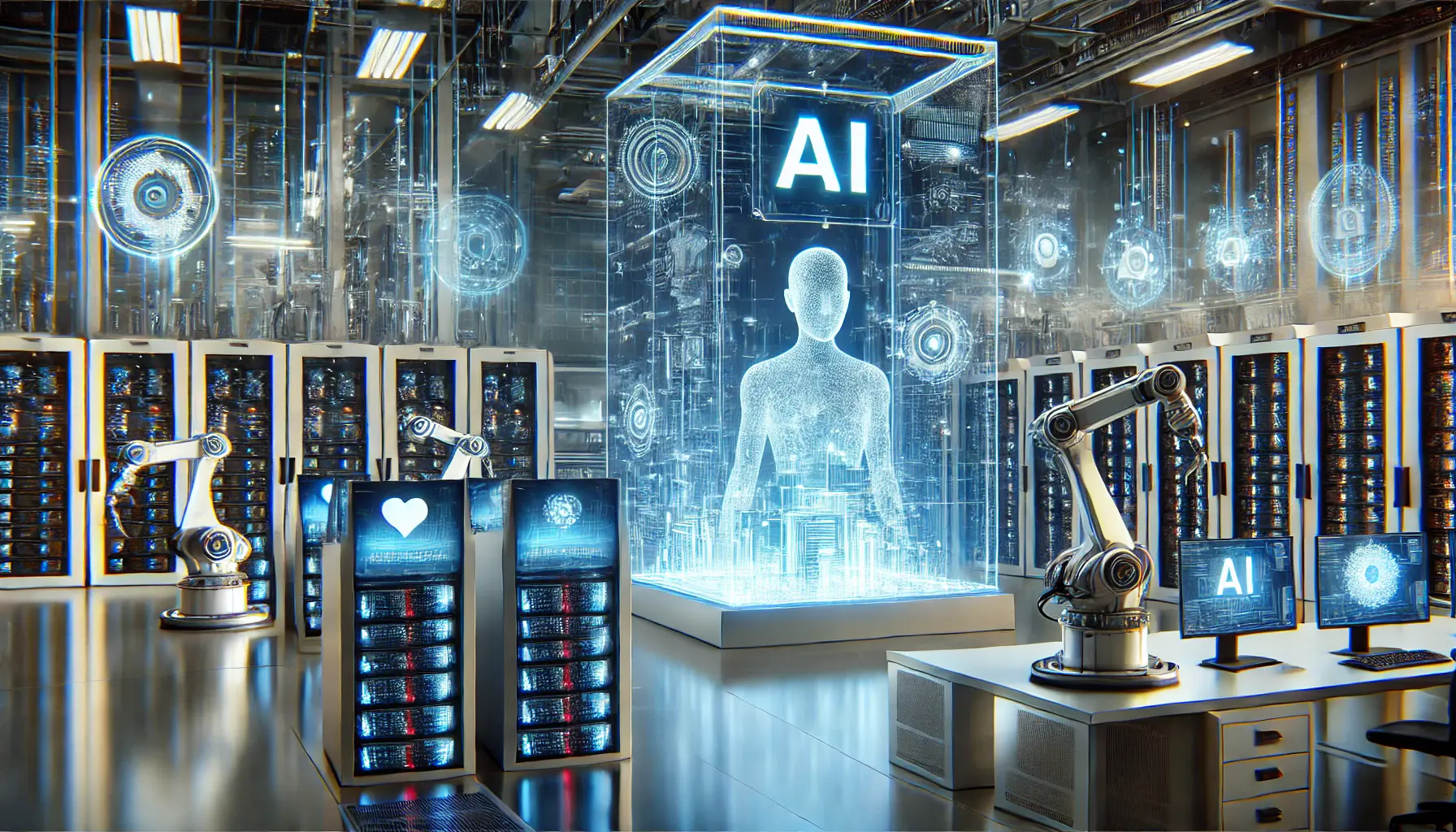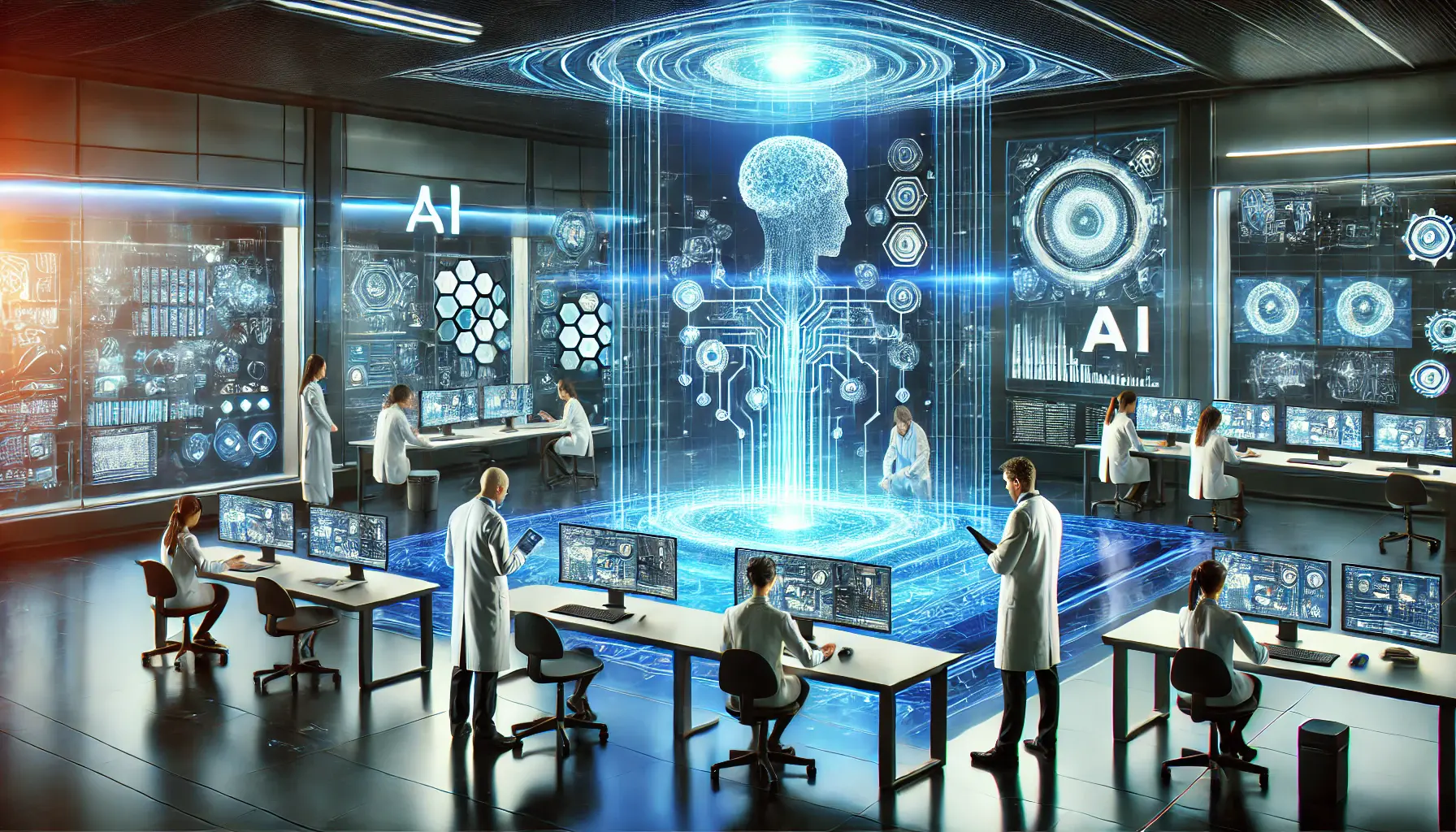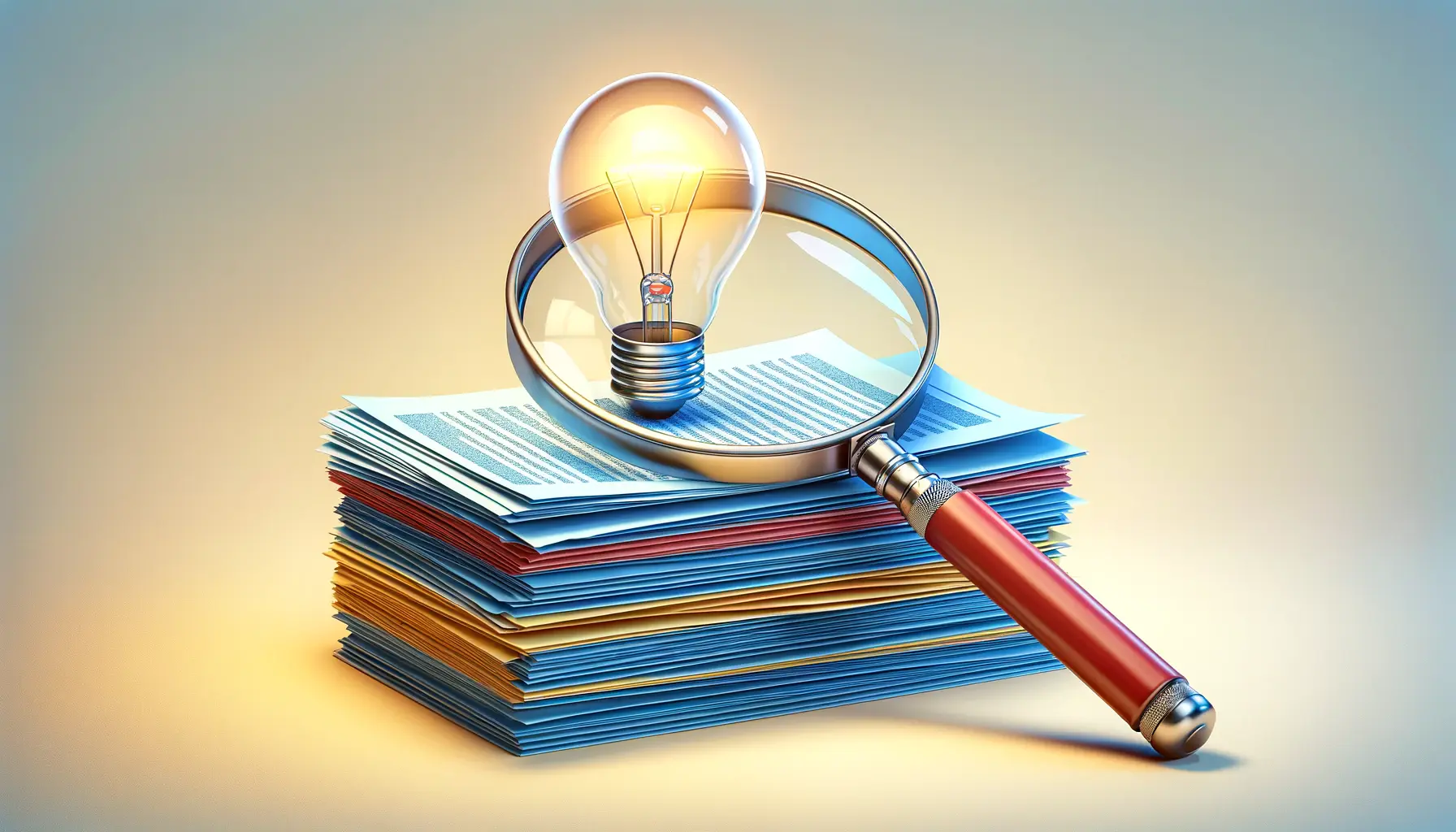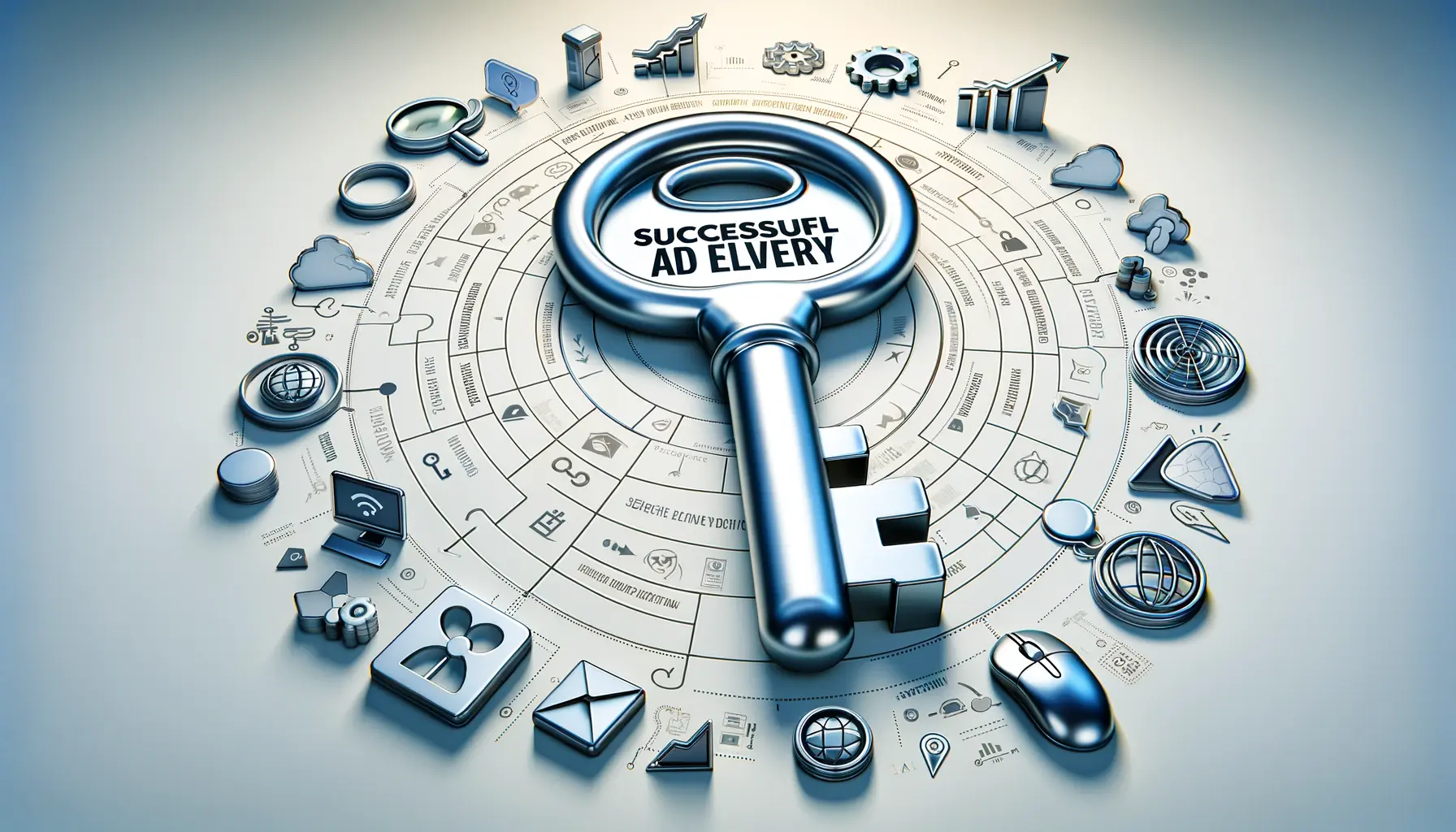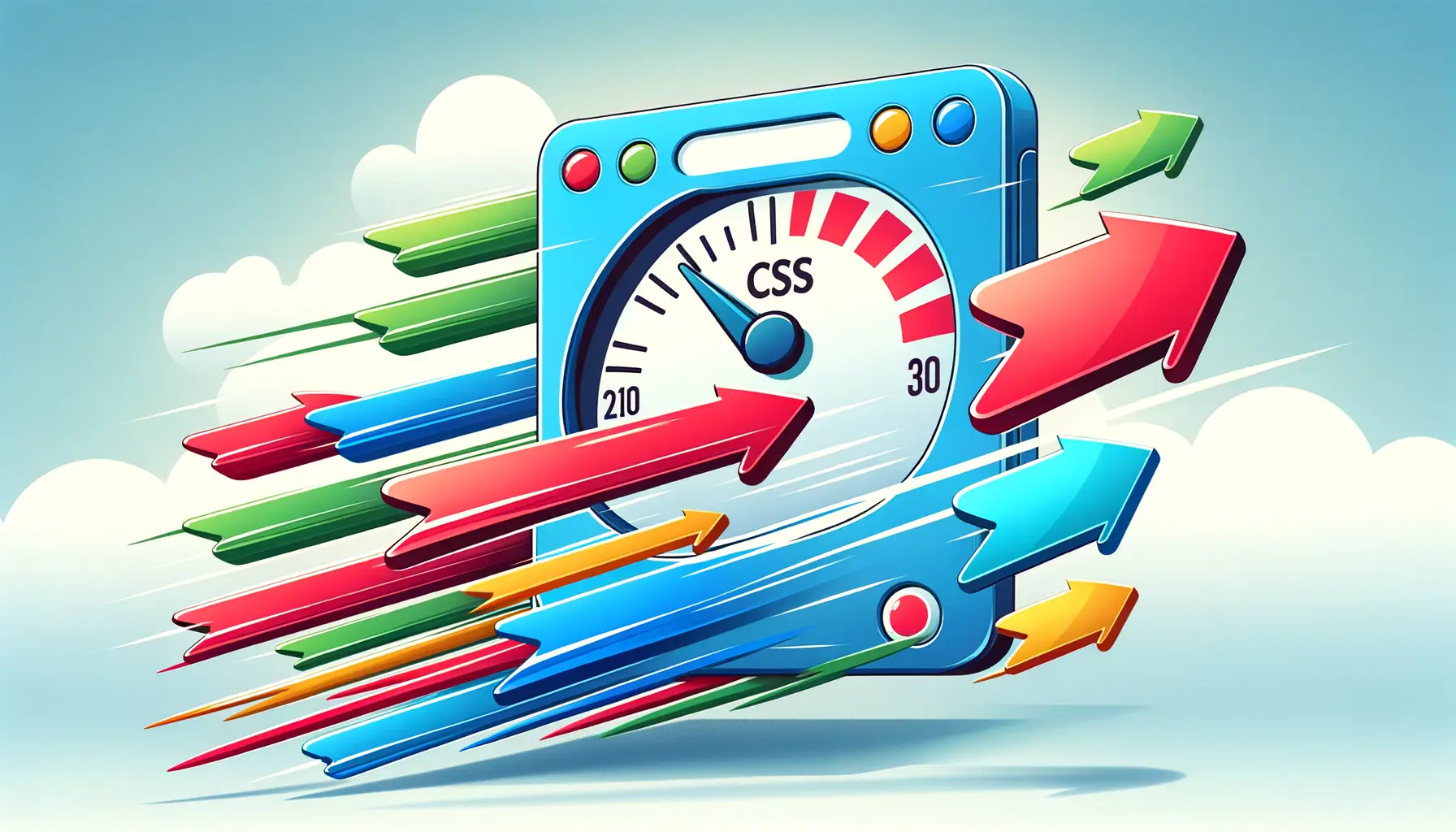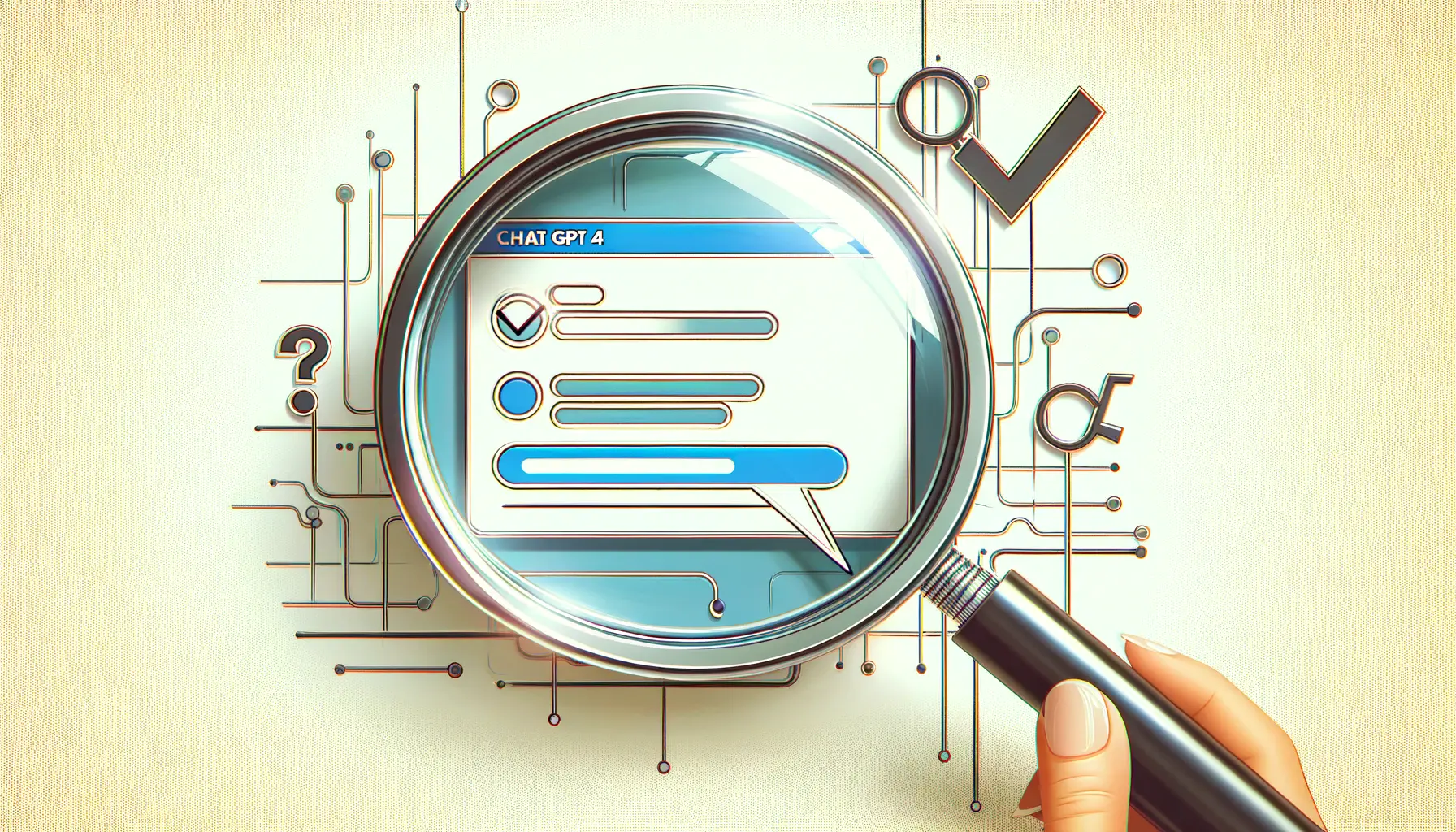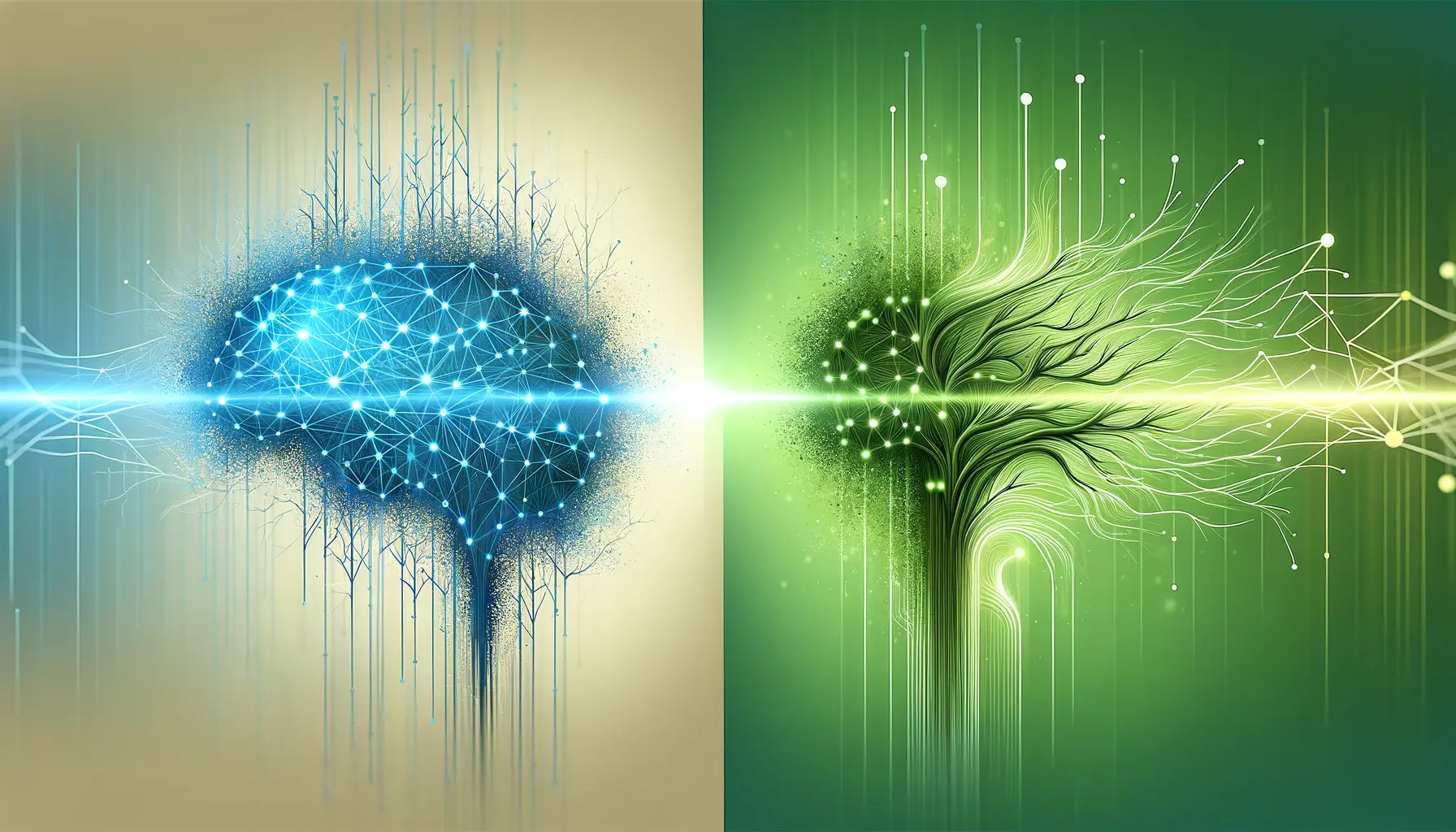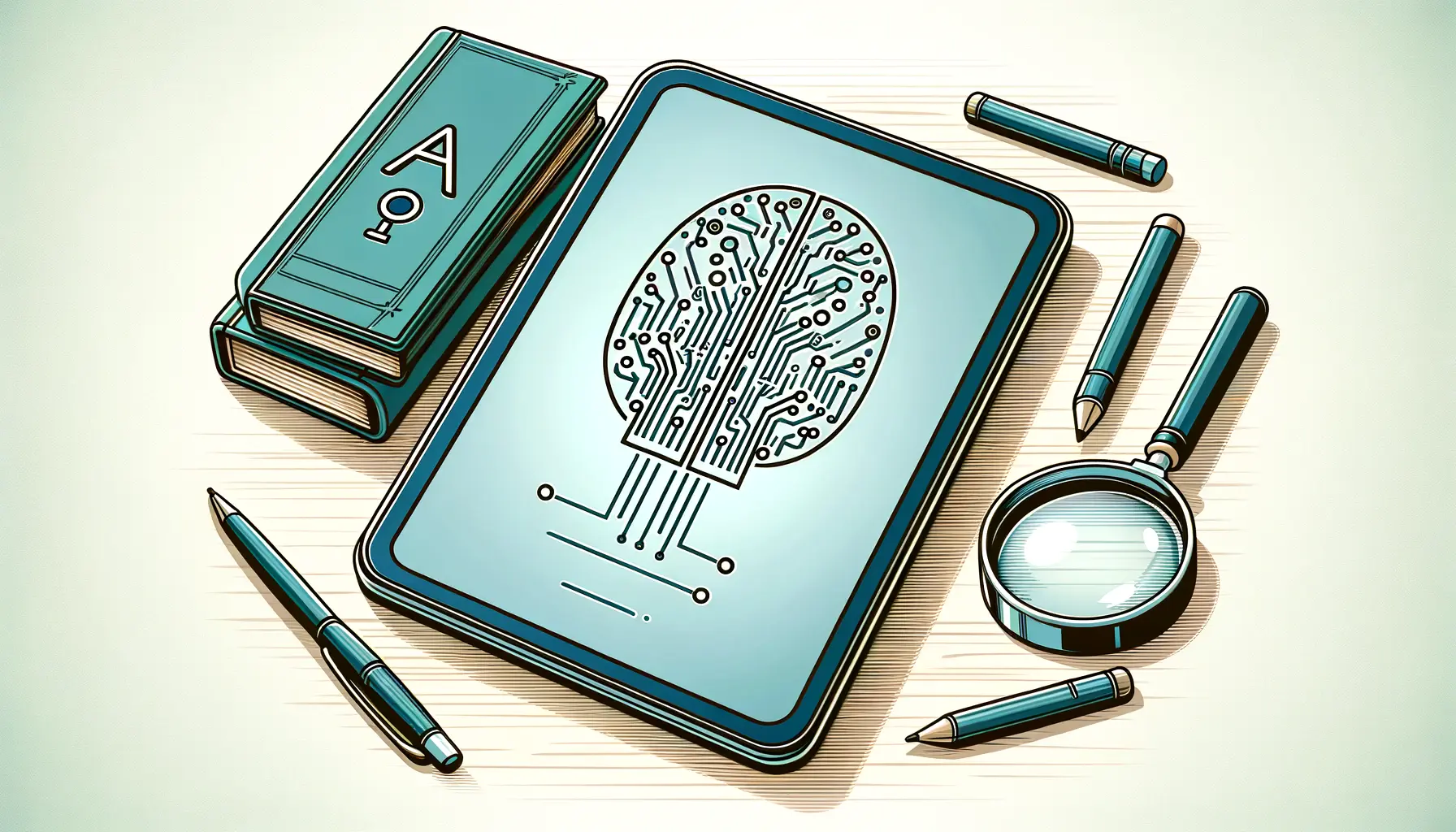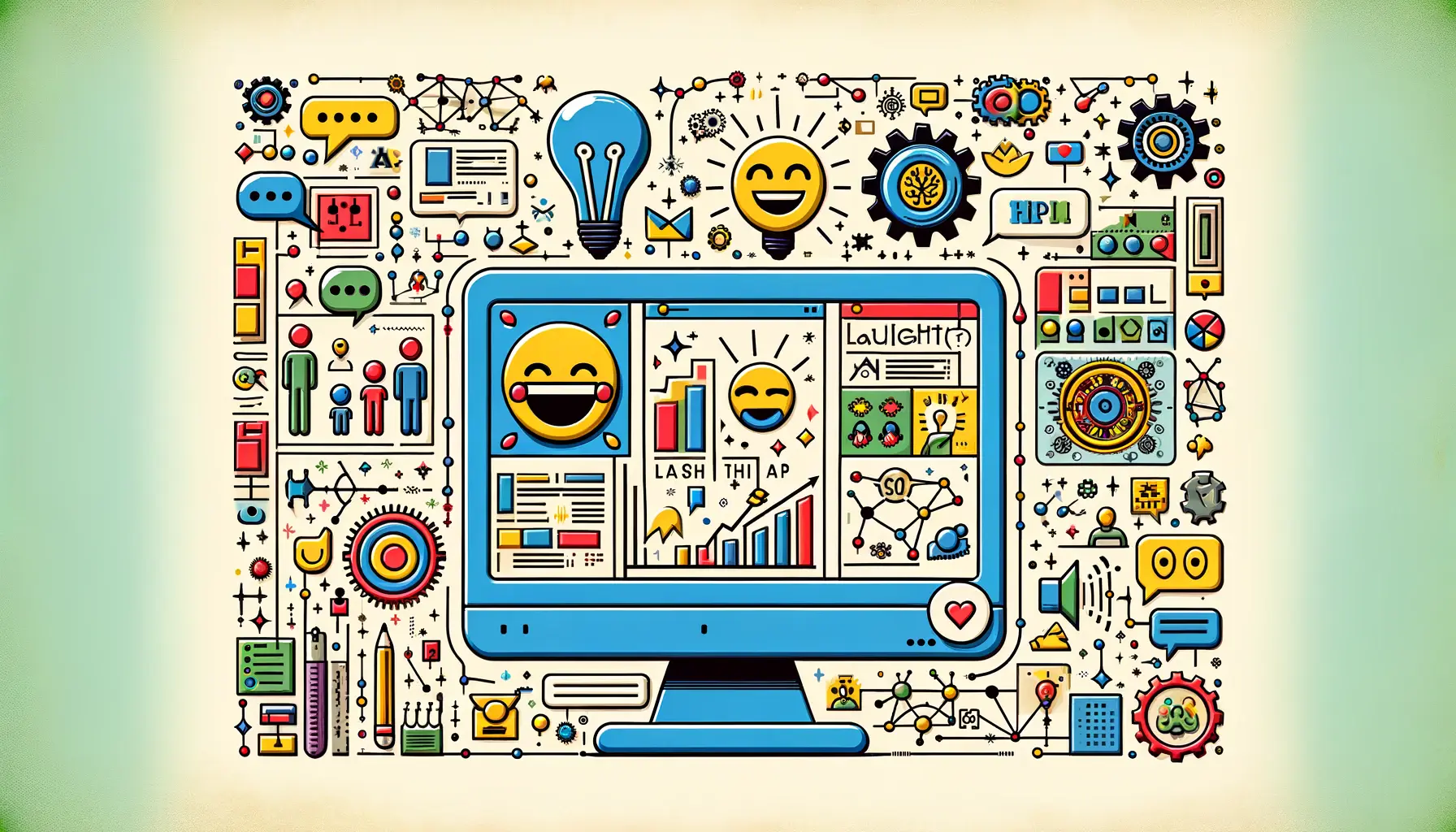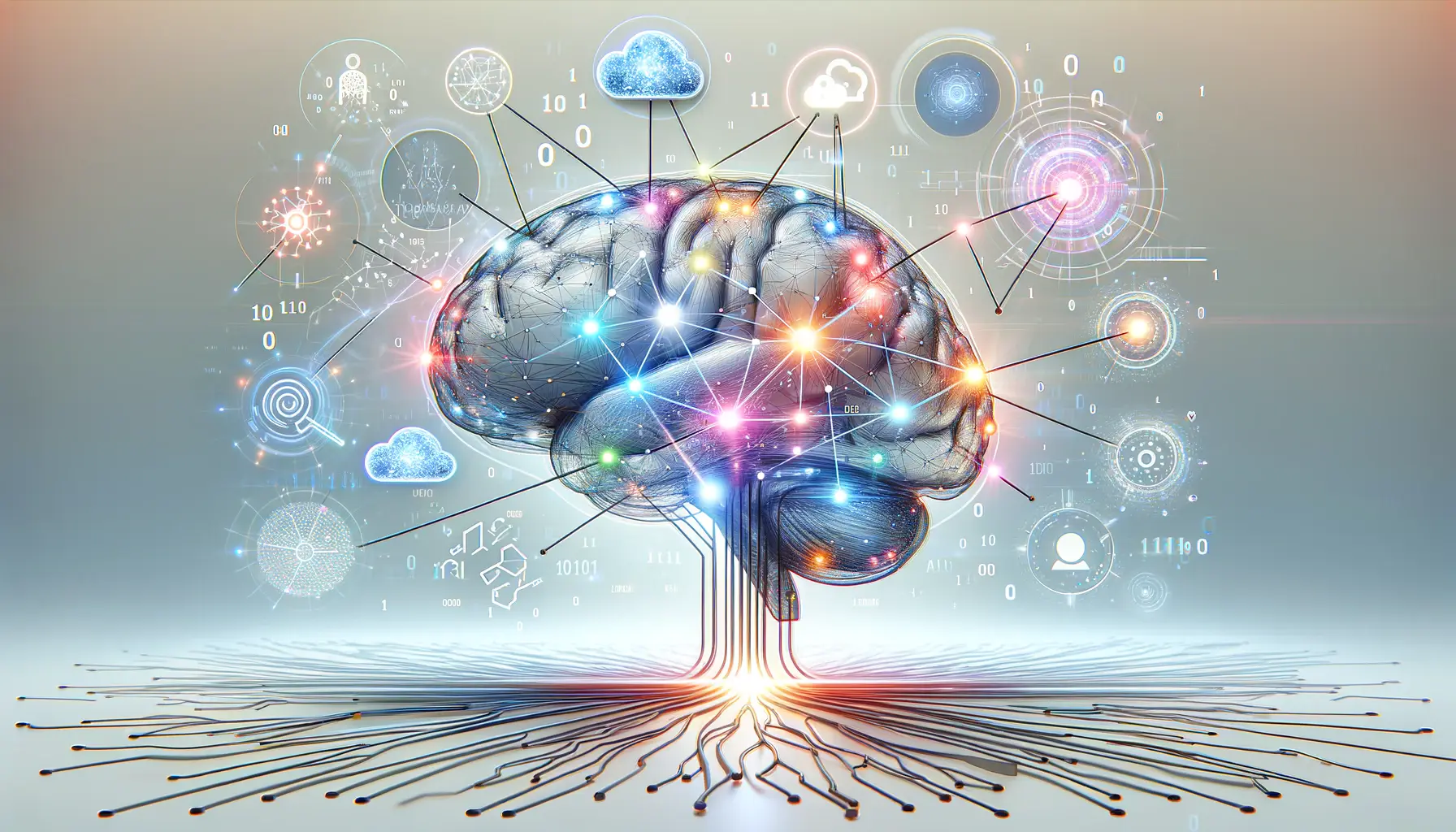The advent of artificial intelligence (AI) has revolutionized the way we interact with digital information, pushing the boundaries of what machines can understand and how they can assist us in our daily lives.
Among the myriad of AI technologies, Grok AI stands out as a beacon of innovation, particularly in the realm of information accuracy.
This AI, developed under the visionary guidance of tech mogul Elon Musk, aims to redefine our expectations from intelligent systems, promising an unprecedented level of precision in delivering information.
Accuracy in AI is not just a technical requirement; it’s the backbone of trust and reliability in technology.
As we delegate more of our decision-making processes to AI, the importance of receiving precise and correct information cannot be overstated.
Grok AI, with its advanced algorithms and unique approach to data analysis, seeks to address this critical need, offering users a tool that not only understands their queries but also provides answers with remarkable accuracy.
- Understanding Grok AI’s Core Competencies
- Challenges in Achieving High Accuracy
- Real-World Applications of Grok AI
- Comparative Analysis with Other AI Systems
- Future Directions and Potential Enhancements
- Impact on Society and Ethical Considerations
- Exploring Grok AI’s Limitations and Criticisms
- Embracing the Future with Grok AI
- Grok AI Accuracy FAQs
Understanding Grok AI’s Core Competencies
The Foundation of Grok AI’s Accuracy
At the heart of Grok AI’s success in delivering accurate information lies its sophisticated machine learning models, which are trained on vast datasets encompassing a wide range of subjects.
This extensive training allows Grok AI to understand context, discern nuances, and evaluate the relevance of information with a high degree of precision.
The AI’s ability to tap into real-time data further enhances its accuracy, ensuring that the information it provides is not only correct but also up-to-date.
Another cornerstone of Grok AI’s accuracy is its integration with the X platform (formerly known as Twitter), which offers a real-time pulse on global events, public opinion, and emerging trends.
This integration allows Grok AI to access a diverse and dynamic information pool, enriching its responses with insights drawn from current events and social discourse.
Technological Innovations Behind Grok AI
Grok AI’s technological infrastructure is built on cutting-edge developments in natural language processing (NLP) and deep learning.
These technologies enable Grok AI to parse complex queries, understand the intent behind them, and retrieve information that accurately matches the user’s request.
The AI’s algorithms are continually refined through feedback loops, allowing it to learn from interactions and improve its accuracy over time.
The use of advanced semantic analysis further distinguishes Grok AI in the realm of information accuracy.
By understanding the meaning behind words in context, Grok AI can differentiate between similar terms and concepts, reducing the likelihood of providing irrelevant or incorrect information.
This semantic awareness is crucial for ensuring that the AI’s responses are not only accurate but also meaningful to the user.
Grok AI’s accuracy is not just a product of advanced algorithms but also its unique approach to understanding and processing real-time data.
Challenges in Achieving High Accuracy
The journey towards achieving high accuracy in AI, particularly in a system as ambitious as Grok AI, is fraught with challenges.
These obstacles range from technical limitations to the inherent unpredictability of human language.
Understanding these challenges is crucial for appreciating the strides Grok AI has made in its domain.
One of the primary hurdles is the variability and complexity of human language.
Natural language processing (NLP), the technology underpinning Grok AI’s understanding of human queries, must navigate idioms, slang, regional dialects, and the subtleties of context.
This linguistic diversity poses a significant challenge for maintaining accuracy across all interactions.
Dealing with Ambiguity and Context
- Ambiguity: Words or phrases that have multiple meanings can lead to misinterpretation by AI. Grok AI employs sophisticated context analysis algorithms to discern the user’s intent, significantly reducing ambiguity-related errors.
- Contextual Understanding: The relevance of information often depends on the context in which a query is made. Grok AI’s integration with real-time data sources enables it to grasp the context more effectively, enhancing the accuracy of its responses.
Overcoming Data Bias and Inaccuracies
- Data Bias: AI systems learn from datasets that may contain biases, which can skew the AI’s understanding and output. Grok AI incorporates mechanisms to identify and mitigate bias, ensuring more balanced and accurate information delivery.
- Inaccurate Data: The quality of an AI’s output is only as good as the data it is trained on. Grok AI leverages a curated and continually updated dataset, along with feedback mechanisms, to refine its accuracy and reliability over time.
Technical Limitations and Solutions
- Processing Power: The computational demands of processing and analyzing vast amounts of data in real-time are immense. Grok AI’s backend infrastructure is designed for high efficiency, utilizing state-of-the-art hardware and optimized algorithms to manage these demands.
- Algorithmic Complexity: Developing algorithms that can accurately interpret and respond to a wide array of queries involves complex mathematical models. Grok AI’s development team continuously works on refining these models to enhance performance and accuracy.
The challenges in achieving high accuracy in AI are significant, but Grok AI’s innovative approaches and continuous improvement strategies demonstrate its commitment to overcoming these obstacles.
Real-World Applications of Grok AI
Grok AI’s prowess in delivering accurate information has far-reaching implications across various sectors.
By harnessing its capabilities, industries can revolutionize how they access, interpret, and utilize data.
Here, we explore some of the key areas where Grok AI is making a significant impact.
The versatility of Grok AI allows it to cater to a wide range of applications, from enhancing user experience in digital platforms to providing critical insights in research and development.
Its ability to understand and process complex queries with high accuracy makes it an invaluable tool in these domains.
Enhancing Customer Support Services
- Automated Responses: Grok AI can provide instant, accurate answers to customer inquiries, reducing wait times and improving satisfaction.
- Personalized Assistance: By understanding user preferences and history, Grok AI offers tailored advice and solutions, enhancing the customer service experience.
Driving Innovation in Research and Development
- Data Analysis: Researchers can leverage Grok AI to sift through vast datasets, identifying patterns and insights that would be challenging to discern manually.
- Simulation and Modeling: Grok AI’s ability to accurately predict outcomes based on complex variables aids in the development of more effective models and simulations.
Optimizing Content Creation and Management
- Content Personalization: Grok AI can analyze user engagement and preferences to recommend or generate content that resonates with the audience.
- SEO Optimization: By understanding the nuances of search engine algorithms, Grok AI assists in creating content that is both informative and highly visible online.
Revolutionizing Educational Tools
- Interactive Learning: Grok AI can create dynamic educational content that adapts to the learner’s pace and style, making education more engaging and effective.
- Assessment and Feedback: It provides immediate, constructive feedback on assignments and quizzes, facilitating a more responsive learning environment.
The application of Grok AI across different sectors showcases its potential to transform traditional processes, making them more efficient, personalized, and insightful.
Comparative Analysis with Other AI Systems
In the rapidly evolving landscape of artificial intelligence, Grok AI distinguishes itself through its unique approach to accuracy and real-time information processing.
A comparative analysis with other leading AI systems highlights Grok AI’s strengths and areas of innovation.
This comparison sheds light on how Grok AI stands in the competitive field of AI technologies.
While several AI systems offer impressive capabilities, Grok AI’s integration with real-time data and its focus on accuracy position it as a frontrunner in certain aspects.
Let’s delve into how Grok AI compares with its contemporaries in the realm of artificial intelligence.
Grok AI vs. ChatGPT
- Real-Time Data Integration: Unlike ChatGPT, which relies on a static dataset updated periodically, Grok AI has access to real-time data from the X platform, offering more current responses.
- Handling of Ambiguous Queries: Grok AI’s advanced algorithms allow it to handle ambiguous queries with greater precision, thanks to its context-aware processing capabilities.
Grok AI vs. Google’s Bard
- Information Accuracy: While Google’s Bard leverages the vast data available through Google’s search engine, Grok AI’s targeted approach to accuracy and bias mitigation offers a different value proposition in terms of reliability.
- User Interaction: Grok AI’s design encourages more engaging and human-like interactions, potentially offering a more personalized user experience compared to Bard’s more search-focused responses.
Grok AI vs. IBM Watson
- Domain-Specific Knowledge: IBM Watson excels in providing solutions tailored to specific industries, such as healthcare and finance. Grok AI, however, aims for a broader scope, prioritizing general accuracy and adaptability across various domains.
- Learning from Feedback: Both systems learn from user interactions, but Grok AI’s continuous integration of real-time data may offer a more dynamic learning curve and adaptation to current trends.
Grok AI’s unique selling points, such as its real-time data integration and focus on accuracy, set it apart in the crowded AI marketplace, offering users a distinct choice depending on their needs.
Future Directions and Potential Enhancements
The trajectory of Grok AI’s development points towards a future where artificial intelligence becomes even more integrated into our daily lives.
As Grok AI continues to evolve, its potential enhancements are poised to redefine the boundaries of what AI can achieve.
The roadmap for Grok AI includes several exciting prospects that promise to enhance its accuracy, usability, and application across various sectors.
Understanding the future directions of Grok AI involves looking at both the technological advancements on the horizon and the strategic initiatives aimed at maximizing its impact.
These potential enhancements are not just about refining the AI’s capabilities but also about expanding its role as a transformative tool in society.
Advancements in Natural Language Processing
- Improved Contextual Understanding: Future versions of Grok AI are expected to exhibit a deeper understanding of context, enabling even more nuanced and accurate responses to user queries.
- Language Expansion: Expanding the range of languages Grok AI can understand and respond to will make it accessible to a broader audience, breaking down language barriers in information access.
Integration with Emerging Technologies
- Augmented Reality (AR) and Virtual Reality (VR): Integrating Grok AI with AR and VR technologies could revolutionize how we interact with digital environments, offering immersive and interactive experiences informed by accurate AI-generated content.
- Blockchain: Leveraging blockchain technology could enhance Grok AI’s data security and transparency, building trust in AI-generated information and its applications in sensitive areas.
Expanding Application Domains
- Healthcare: Grok AI could play a pivotal role in diagnosing diseases, suggesting treatments, and managing patient data, all with enhanced accuracy and efficiency.
- Education: Customized learning experiences, powered by Grok AI, could adapt to individual learning styles and needs, making education more effective and accessible.
Enhancing User Interaction and Accessibility
- User Interface Improvements: Future iterations of Grok AI will likely focus on making the AI more user-friendly, with intuitive interfaces that make accessing accurate information even simpler.
- Accessibility Features: Enhancing accessibility for users with disabilities is a crucial direction for Grok AI, ensuring that everyone can benefit from its capabilities regardless of their physical or cognitive abilities.
The future of Grok AI is not just about technological advancements but also about creating a more informed, accessible, and interactive world.
Impact on Society and Ethical Considerations
The advent and integration of Grok AI into various facets of daily life herald a transformative shift in how society interacts with technology.
The potential of Grok AI to deliver accurate information swiftly and efficiently holds the promise of significant benefits, from enhancing decision-making processes to democratizing access to knowledge.
However, this technological leap also brings forth a spectrum of ethical considerations that must be navigated with care.
As Grok AI continues to evolve, its societal impact and the ethical dimensions of its deployment become increasingly important to address.
These considerations are crucial for ensuring that the benefits of Grok AI are realized in a manner that is equitable, responsible, and aligned with human values.
Democratizing Information Access
- Grok AI has the potential to break down barriers to information access, providing individuals across the globe with the knowledge they need to make informed decisions, pursue educational opportunities, and engage with the world around them.
- This democratization of information, however, must be balanced with efforts to ensure that the AI’s outputs are free from biases and inaccuracies that could mislead users or perpetuate inequalities.
Enhancing Public Discourse
- By providing accurate and up-to-date information, Grok AI can contribute to more informed public discourse, enabling a more nuanced understanding of complex issues.
- It is essential, however, to foster an environment where AI-generated information complements human judgment and critical thinking, rather than replacing them.
Privacy and Data Security
- The operation of Grok AI, particularly its integration with real-time data sources, raises important questions about privacy and data security. Ensuring the confidentiality and integrity of user data is paramount to maintaining trust in AI technologies.
- Adopting robust data protection measures and transparent data usage policies will be key to addressing these concerns.
Addressing Ethical Dilemmas
- The deployment of Grok AI, especially in sensitive areas such as healthcare and law enforcement, must be guided by ethical principles that prioritize human welfare and rights.
- Developing ethical guidelines and governance frameworks for AI use can help mitigate risks and ensure that Grok AI serves the public good.
Ignoring the ethical implications of Grok AI’s deployment could undermine its potential benefits and lead to unintended negative consequences for society.
Exploring Grok AI’s Limitations and Criticisms
While Grok AI represents a significant advancement in the field of artificial intelligence, it is not without its limitations and areas of criticism.
As with any technology, understanding these limitations is crucial for both improving the system and setting realistic expectations for its capabilities.
This exploration helps identify areas where Grok AI can evolve and adapt to better meet the needs of its users.
Addressing the criticisms and limitations of Grok AI is an ongoing process that involves feedback from users, continuous testing, and refinement of its algorithms.
Let’s delve into some of the key challenges and criticisms that Grok AI faces in its quest to redefine accuracy in information delivery.
Dependence on Data Quality
- The accuracy of Grok AI’s responses is heavily dependent on the quality of the data it is trained on. Inaccuracies in the training data can lead to errors in output, highlighting the need for meticulous data curation and validation processes.
- Efforts to enhance data quality and diversity are essential for minimizing these risks and ensuring that Grok AI delivers reliable information across a broad spectrum of queries.
Handling of Complex and Nuanced Queries
- While Grok AI excels at processing a wide range of queries, it may struggle with questions that require deep understanding of context, nuance, or abstract concepts. This limitation underscores the challenge of replicating human-like comprehension and reasoning in AI.
- Advancements in natural language understanding and contextual analysis are critical for overcoming these hurdles and improving Grok AI’s ability to handle complex inquiries.
Concerns Over Bias and Fairness
- AI systems, including Grok AI, can inadvertently perpetuate biases present in their training data, leading to concerns over fairness and representation. Addressing these biases requires ongoing efforts to identify and correct skewed data and algorithmic tendencies.
- Implementing fairness-aware algorithms and diverse data sourcing strategies are vital steps towards reducing bias in AI-generated responses.
Transparency and Explainability
- The complex algorithms that power Grok AI can sometimes make it difficult to understand how it arrives at certain conclusions or answers. This lack of transparency can be a barrier to trust and accountability, especially in critical applications.
- Developing methods to enhance the explainability of AI decisions, without compromising on performance, is an important area of research that can help bridge this gap.
Recognizing and addressing the limitations and criticisms of Grok AI is a crucial step towards its maturation as a technology that can reliably serve the diverse needs of its users.
Embracing the Future with Grok AI
The journey through the capabilities, applications, and future potential of Grok AI reveals a landscape brimming with opportunities and challenges alike.
As we stand on the cusp of a new era in artificial intelligence, Grok AI emerges as a pivotal force in shaping how we interact with information, make decisions, and understand the world around us.
The accuracy and real-time responsiveness of Grok AI not only set new benchmarks in AI performance but also underscore the transformative impact of AI on society.
The Path Forward
As Grok AI continues to evolve, its trajectory is marked by the potential for groundbreaking advancements in technology and significant societal benefits.
The commitment to enhancing accuracy, expanding applications, and addressing ethical considerations highlights the holistic approach needed to harness the full potential of AI.
The future of Grok AI, fueled by innovation and guided by ethical principles, holds the promise of a more informed, efficient, and equitable world.
Key Takeaways
- Accuracy and real-time data integration stand at the core of Grok AI’s value proposition, offering unparalleled precision in information delivery.
- The application of Grok AI across diverse sectors—from customer support to healthcare—illustrates its versatility and transformative potential.
- Continuous advancements in natural language processing and machine learning are essential for overcoming Grok AI’s current limitations and unlocking new capabilities.
- Addressing ethical considerations and ensuring fairness, transparency, and data security are imperative for the responsible deployment of Grok AI.
In conclusion, Grok AI represents a significant leap forward in our quest to develop intelligent systems that enhance human capabilities and foster a better understanding of the vast information landscape.
By navigating the challenges and leveraging the opportunities presented by Grok AI, we can look forward to a future where AI and human intelligence collaborate to unlock new realms of possibility.
The accuracy and adaptability of Grok AI are not just technical achievements; they are stepping stones towards a future where technology and humanity converge in the pursuit of knowledge and progress.
Grok AI Accuracy FAQs
Explore the most common inquiries about Grok AI’s accuracy and capabilities, providing insights into its performance and applications.
Grok AI employs advanced algorithms to produce content that closely mimics human writing, making detection challenging for most AI checkers.
Grok AI’s unique data integration and processing techniques provide it with a competitive edge in delivering accurate and relevant responses.
Its real-time access to data and sophisticated context analysis capabilities set Grok AI apart in delivering precise information.
Through continuous learning from a vast array of sources and user feedback, Grok AI constantly refines its accuracy and relevance.
Yes, Grok AI leverages real-time data, ensuring that its responses are not only accurate but also reflect the latest information.
Grok AI is designed to understand and process complex queries with a high degree of accuracy, thanks to its advanced NLP capabilities.
User feedback is crucial for Grok AI, as it helps in identifying areas for improvement and refining the AI’s response accuracy.
Grok AI incorporates mechanisms to identify and mitigate biases, ensuring fair and balanced information delivery.
